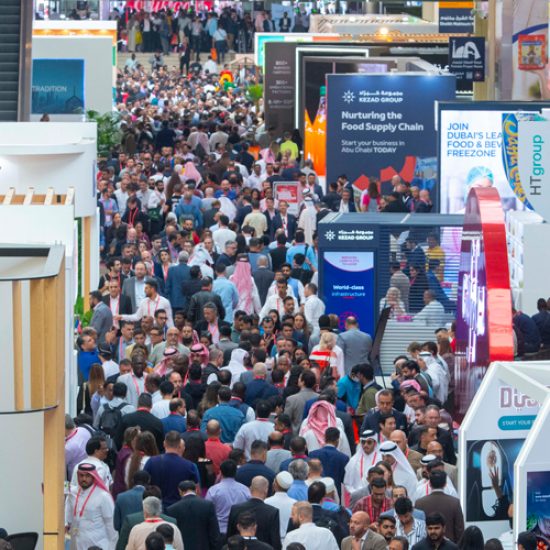By freelance contributor Ben Bohane in Ly Son Island
Posted
Sparkling on the horizon as our boat navigates the swell is one of the world’s most contentious flashpoints.
Captain Bui Ngoc Thanh and his crew of 18 are steering north once more to fish among the Paracel Islands in the South China Sea.
Ever since China’s navy clashed with Vietnam in 1974, it has occupied and aggressively controlled the Paracels, and it does not intend to let go.
Captain Bui risks harassment in these forays, but there is the lure of abundant fish and giant clams.
The fishermen also have a defiant attitude-fuelled by their country’s own historic claims on the area.
The latest attack was only two weeks ago, Captain Bui said.
The Chinese Coastguard stopped them near Woody Island. Officials boarded the boat and beat the crew using clubs and electric cattle prods.

Photo:
Captain Bui Ngoc Thanh claims his boat and crew were recently boarded and beaten by the Chinese Coast Guard.
“They climbed on my roof and cut the Vietnamese flag, cut our radio antennae and stole all our fish and equipment,” Captain Bui said.
“They forced us to lie down on the front deck until they had taken everything.”
The purpose of the harassment soon became clear.
“They yelled at us and their translator told us that we were fishing illegally in Chinese waters. But I know these are Vietnamese waters because my ancestors have always fished here,” he said.
But China maintains much of the South China Sea — with its islands, rocks and reefs are part of its ancient trade routes, justifying its sovereignty claims.
As his men haul in their nets, Captain Bui says fish stocks are down because the subsidised Chinese fishing fleet is expanding.
“In the past we could get the same amount of fish in one week that we get now in one month,” he says.
“Fuel is expensive and the Chinese are destroying the reefs where the fish need to breed.”
Soon Captain Bui and his crew head back with their catch to Ly Son Island, just off Vietnam’s coast.

Photo:
Nguyen Qua Chinh is the President of the Ly Son Fishermen’s Association. (ABC News: Ben Bohane )
Ly Son sits between the two hottest spots in the South China Sea as far as Vietnam is concerned — the Paracels to the north, which are claimed by China and Vietnam, and the Spratly Islands to the south, where many countries have overlapping claims.
Throughout history Ly Son has been the gateway for the Vietnamese military and fishermen operating in their “East Sea”. It is the most northerly island Vietnam still controls.
At a diplomatic level, Vietnam and China seem eager to defuse tensions.
Vietnam building strategic partnerships
Prime Minister Nguyen Xuan Phuc’s six-day visit to China in September culminated in reassuring utterances from China’s President Xi Jinping, who proclaimed, “China and Vietnam can … promote maritime cooperation through friendly negotiations.”
Its build-up of military installations on artificial islands continues unabated, with hangars being built to house jet fighters.
This is despite an international tribunal ruling out China’s claims of sovereignty in the Spratlys in July — a process China refused to accept.
Vietnam also remains resolute with Hanoi quietly building its capacity to fend off Chinese domination.
Recent satellite pictures show an airstrip on Vietnam’s Spratly Islands has been extended to accommodate most planes in its air force, according to the Centre for Strategic and International Studies in Washington.
In August, Reuters reported Vietnam had discretely fortified five Spratly Islands with rocket launchers — a move described by Chinese state-run media as “a terrible mistake”.
While it avoids formal military alliances, Vietnam is building strategic partnerships.
India has extended a US$500 million line of credit for defence equipment, and Japan has supplied coast guard vessels and joined in naval exercises.
“We share similar strategic concerns and maybe we trust India and Japan more to be longer term allies,” said noted authority on the South China Sea, Professor Tran Duc Anh Son.
Back on Ly Son, I am shown a monument and museum dedicated to Vietnam’s claims to the sea — particularly the Paracels and the 25 islands and “features” in the Spratly chain.
The legal basis for the claim derives from 1836 when the King of Hue began dispatching soldiers once a year to the islands, hunting for pearls, giant clams and salvaged treasure from passing boats, often European, which sank on treacherous reefs. This regal connection is significant.
“Vietnam is the rightful owner of the Paracels and Spratlys,” argues Nguyen Lan Anh, Deputy Director of East Sea policy.
“Sovereignty cannot be claimed by fishermen, but it can be claimed through edicts of a king.”
These early stories have passed down to Pham Thoai Tuyen, 72, who lives in a family shrine on Ly Son.
He is an 11th-generation descendant of one of the six original families who settled the island in 1609. His forebears placed stone markers on a few Paracel islands, which they named after themselves.
“These islands have been part of Vietnam for a long time,” Mr Pham says.
He is angered when he hears of the increasing harassment by Chinese Coast Guard ships and fishermen.
At least 18 boats out of the 250-strong Ly Son fleet have been sunk by the Chinese in the past three or four years, while many others have been rammed and attacked, says Nguyen Quoi Chinh, president of the local fishermen’s association.
Some fishermen have been killed.
There is some evidence regional tensions have calmed over the Spratlys since Philippines President Rodrigo Duterte softened his country’s stance towards China’s claims in August.
Almost alone, Vietnam is continuing its stand and the Coast Guard reports increasing hostilities on the water.
So far, this is a slow-burning war between rival Coast Guards and fishermen, as the competing nations deploy coast guards instead of navies to avoid escalation.
At Coast Guard headquarters in Ky Ha harbour, Colonel Tran Van Dung escorts me onto the bridge of one of his newest ships, and explains the challenges.

Photo:
Coast Guard Colonel Tran Van Dung says rescues of fishermen has increased in recent years. (ABC News: Ben Bohane)
His fleet of 20 ships must cover 175,000 square kilometres, including the Paracels and northern Spratlys.
“In recent years we have rescued many fishermen and protected them in their traditional fishing areas,” he says.
“We need to double our fleet and personnel — and this is happening.”
Fishermen are encouraged to operate in the claimed waters as they play an important role in the continuation of sovereignty and provide useful information.
Vietnam cannot win a war against China, but it can hold its ground and repel them, as it has done in battles before — the last was two years ago when China provocatively hauled an oil rig into the contentious waters.
Violent anti-Chinese riots saw a number of people killed and thousands flee the country, before the rig was moved.
While China resists addressing the basis of the competing claims, underlying problems are not being resolved. Dangerous days could lie just ahead.
Back on his new coast guard cutter, Colonel Tran remains confident.
“We will always be the winner in war because we have the support of our people,” he says, evoking past victories Vietnam has won against great powers like the US and France.
He is clearly thinking now of a rising power to the north as he descends the gangway again.
Topics:






